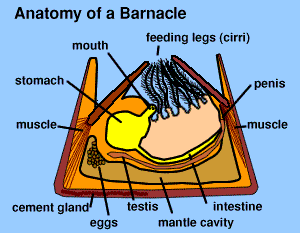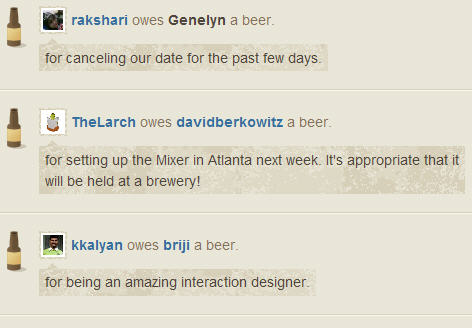When redesigning a site for a client, our team works hard to get sign-off on improving content quality — especially the language used. Getting this level of influence is often a challenge. Large sites usually have many content “owners.” In our experience, few of these domain experts are also experts in optimizing online content, either for readers or search engines. These folks can underestimate the importance of nuance to the success of their content.
Frankly, I don’t blame them.
Until the advent of the Content Interest Index, there really hasn’t been a way for content managers to gauge success. The best they had were more global, site-wide metrics.
NOTE: This Tools + Tips post on GrokDotCom provides an excellent run-down of some existing engagement metrics for overall site performance.
In other words, in the well-worn words of Tom Peters, “You can’t manage what you don’t measure.” Without measurements showing the effect that content quality has on readers, many domain experts overlook the power they wield.
This is unfortunate. I’ve seen small content changes make impressive differences in response. Here is a quote from the web site of Thom Pharmakis that sums it up well:
I own a decades-old Italian car that is so highly strung, the valve clearances need to be checked every 3,100 miles … just .001 inch out-of-tolerance will cause a discernible lag in performance. Selling copy is that sensitive. Every word, every paragraph space, the placement of every comma or ellipsis or dash is meticulously considered. Little alterations have drastic effects. Which makes the difference between blistering performance … and sitting stranded by the side of the road.
Here, here.
As a side note, it takes more than a phenomenally gifted writer to score a bulls-eye on the web. Thom’s statement is displayed on his site as nothing but a graphic (shown above, and found on his site). That means his wonderful metaphor is impossible for search engines to read and index.
Even when your audience is non-human — and is in this case a search engine robot — it’s not so much what you say but how you say it!

 As I pointed out in my post, this application is part of a larger trend. Namely, that of launching a shoestring site that is financially independent of a larger site, but completely dependent on it for survival. It’s an interesting paradox, and all but cries out for a new piece of jargon. You know, something to toss out casually during your next new media PowerPoint presentation.
As I pointed out in my post, this application is part of a larger trend. Namely, that of launching a shoestring site that is financially independent of a larger site, but completely dependent on it for survival. It’s an interesting paradox, and all but cries out for a new piece of jargon. You know, something to toss out casually during your next new media PowerPoint presentation.